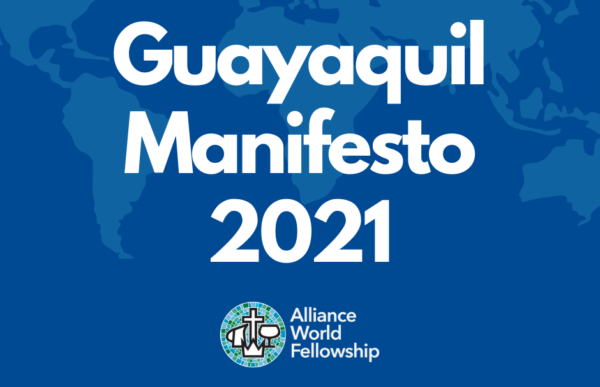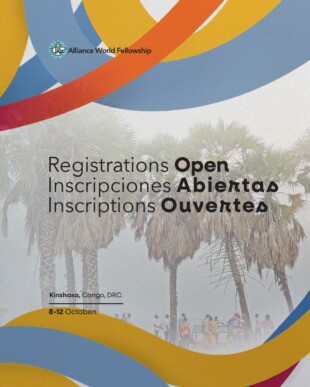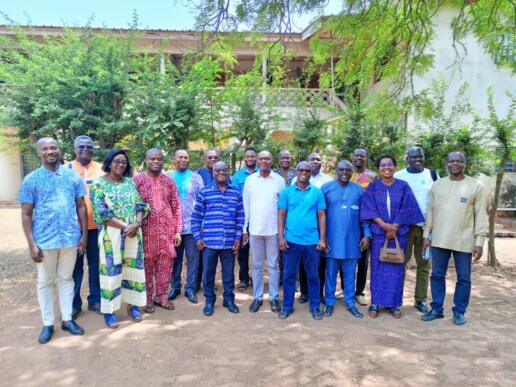The Importance of the Manifesto

Related News

Football and Faith: A Growing Legacy in India

Registration for the AWF Quadrennial 2025 is Now Open

New Year’s Message

AWF Africa Missionary Conference in Togo Unites Leaders for Global Missions
Each AWF Quadrennial prepares a declaration to be approved at the general assembly. This statement is commonly called a manifesto or declaration. Every manifesto in the history of the AWF has responded to ministerial positions or challenges of different kinds. In general, it has sought to highlight the importance of evangelization, the Alliance ethos and, above all, the missionary character of the denomination. The obvious question, with any document of this nature, is, “what is it for?” For what purpose is a manifesto useful in a fraternity whose regulations are not binding on the national churches? The answer is that the manifesto is prepared by the AWF to foster the development of global unity in achieving goals of relevance to us all. Click here to read the Guayaquil Manifesto.
No one within the denomination would doubt that an essential goal of the Alliance is to evangelize and reach the whole world with the gospel. That is not in doubt. Over the years, consecutive Quadrennials have reminded us of this great task and the way in which we, as a global Alliance fraternity, may be able to achieve this goal. More recently, the manifestos began to reflect upon our theological heritage, those emphases that distinguished the Alliance from other evangelical organizations at the time we were established. It is the opinion of this author that these manifestos were a kind of a spaceship that flew over the theological positions that the Alliance had assumed along a century of existence.
In reflecting upon our heritage and developments in the then current practice, former AWF President Dr. Arnold Cook, coined the concept of “historical drift” – the historical evolution, or ‘currents’ by which the global Alliance sailed – sometimes without identifying true north. Such drift, such becoming ‘without intention’, was never noticed as much as when manifestos expressed theological conceptualizations. It is logical that after 130 years, the denomination has suffered the influences of different and powerful currents of thought. Tendencies that were introduced in the Alliance of each country, that perhaps, in a subtle and innocent way, nonetheless moved us away from the thought of the early Alliance and our founder, A.B. Simpson.
How was this drift identified? When the manifestos raised the essential Alliance doctrines and different historical contextualizations, disagreements appeared. There were regions that reacted negatively to the premillennialism of Simpson’s interpretation of the second coming. Eschatology was reinterpreted. Other regions reacted to the doctrine of sanctification in a very strong way, exhibiting positions which were arguably directly opposed to early Alliance thinking. It was not only in the depth of the principle in question, but also in the formality of its expression. Sanctification as a “second blessing” in many Latin American countries brought a negative perception. Logically, the second blessing in Simpson’s time was not so difficult to understand, a century later the evangelical language was equivocal. It didn’t mean the same thing. Today we discuss whether “fullness” and “baptism” of the Holy Spirit are the same, different experiences, or whether – while different – they can be used interchangeably. But in the midst of the discussion, it was all too easy to leave out that the filling of the Holy Spirit was the minimum standard expected in the ministries of the early Alliance. We discuss “wording,” because it is easy to do and relies on theological intellect and reason, yet we can’t even articulate the experience. I maintain that the latter manifestos have proved so far: (1) the need to debate the Alliance identity, not only in the form of debate per se, but to see how far we are from the theology that founded the Alliance; (2) will force theologians contextualized in each country to study and analyze what transformations happened in their historical drift; (3) above all, we need to understand Simpson’s foundational thought: before going out into the world, we must solve the questions of the deeper life in order to avoid failures due to the lack of spiritual power and authority; (4) understand that a manifesto should not lead to gaps or divisions, we must look for the common place from which to start together and, above all, continue in the spirit of the Alliance conference of 1906 in which debatable matters were left open. If we learn to put aside nationalism and begin to return to that spirituality that emerged from broken lives before the Lord and which pushed to transform the world, we will be a thriving, vibrant and resource-rich denomination.
